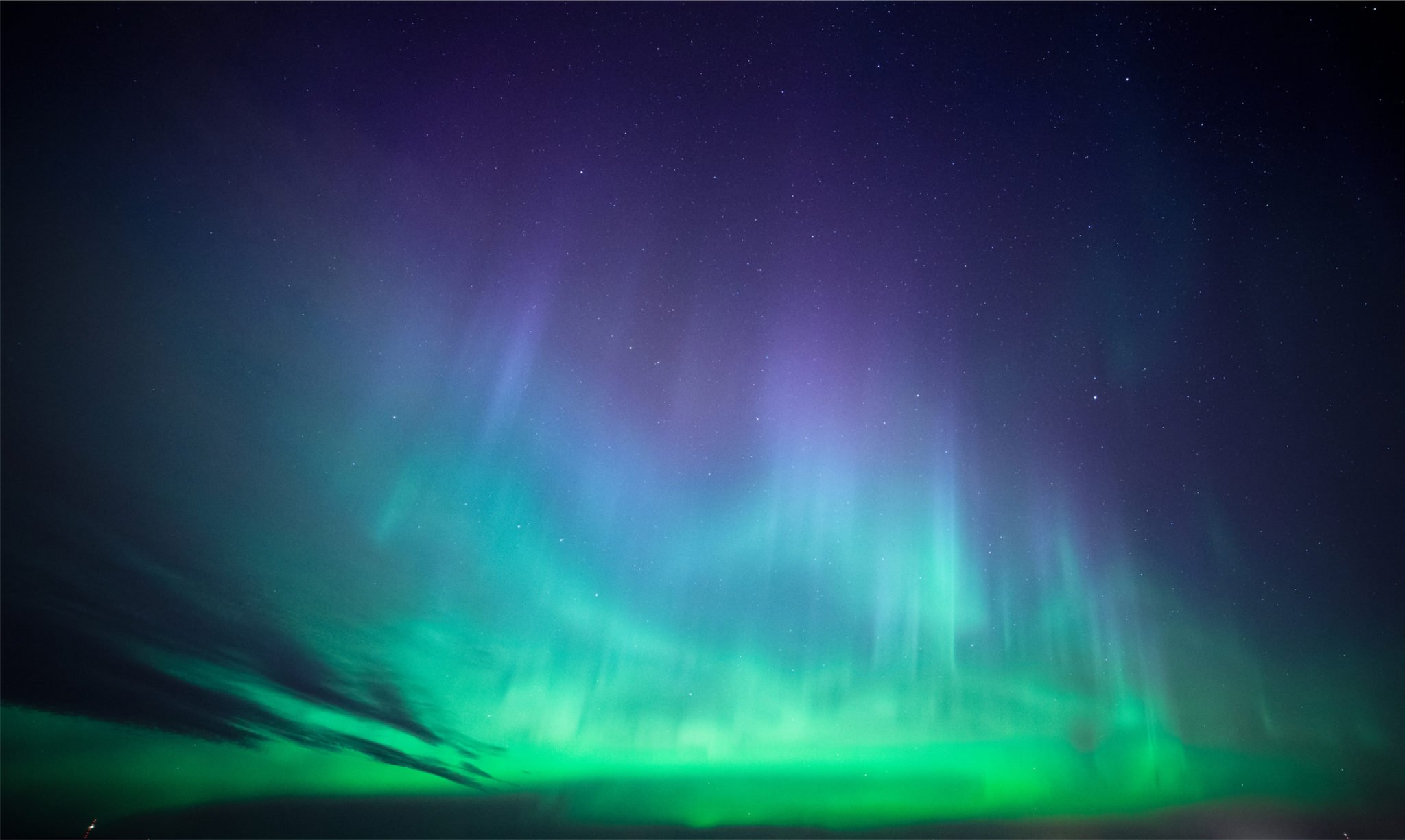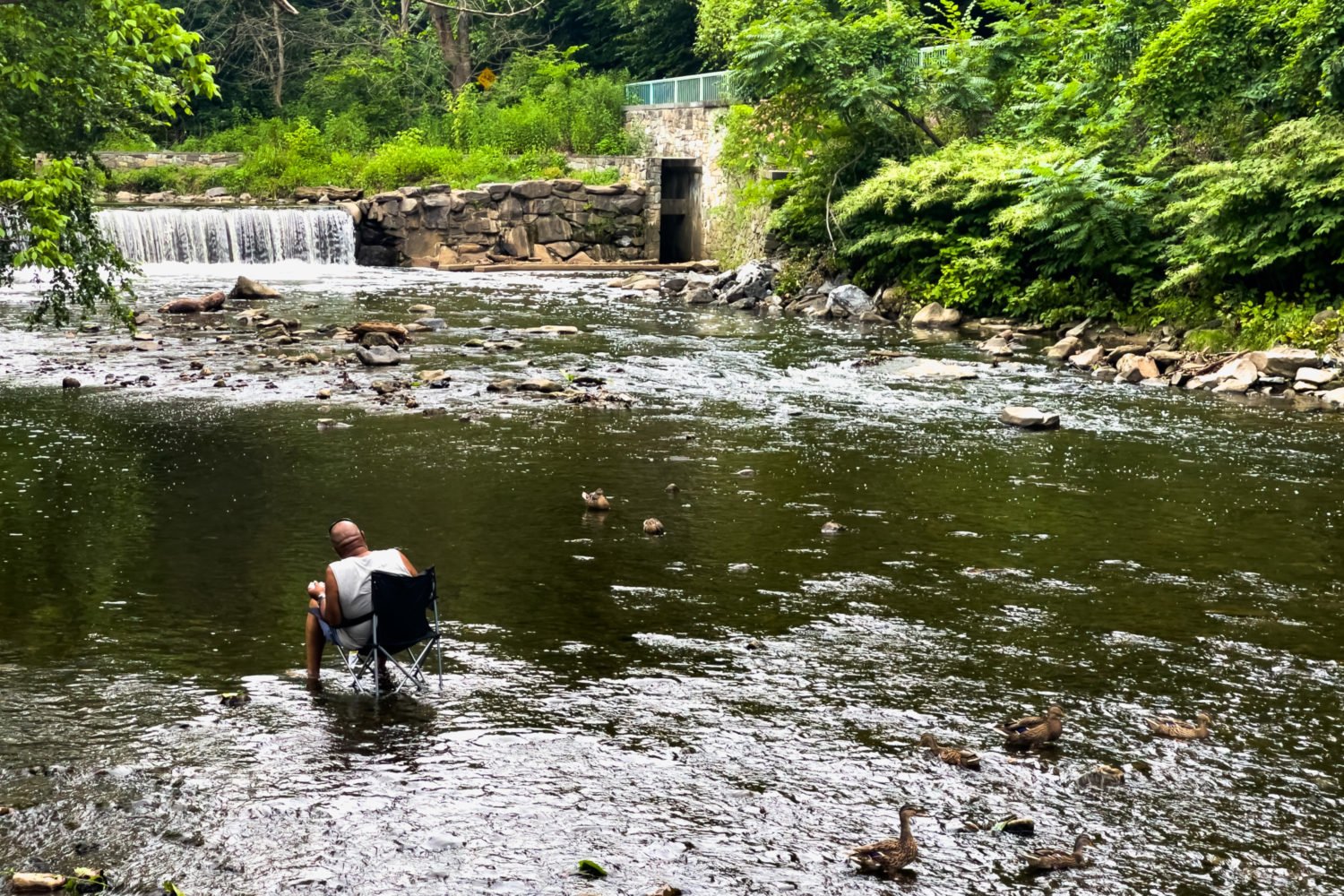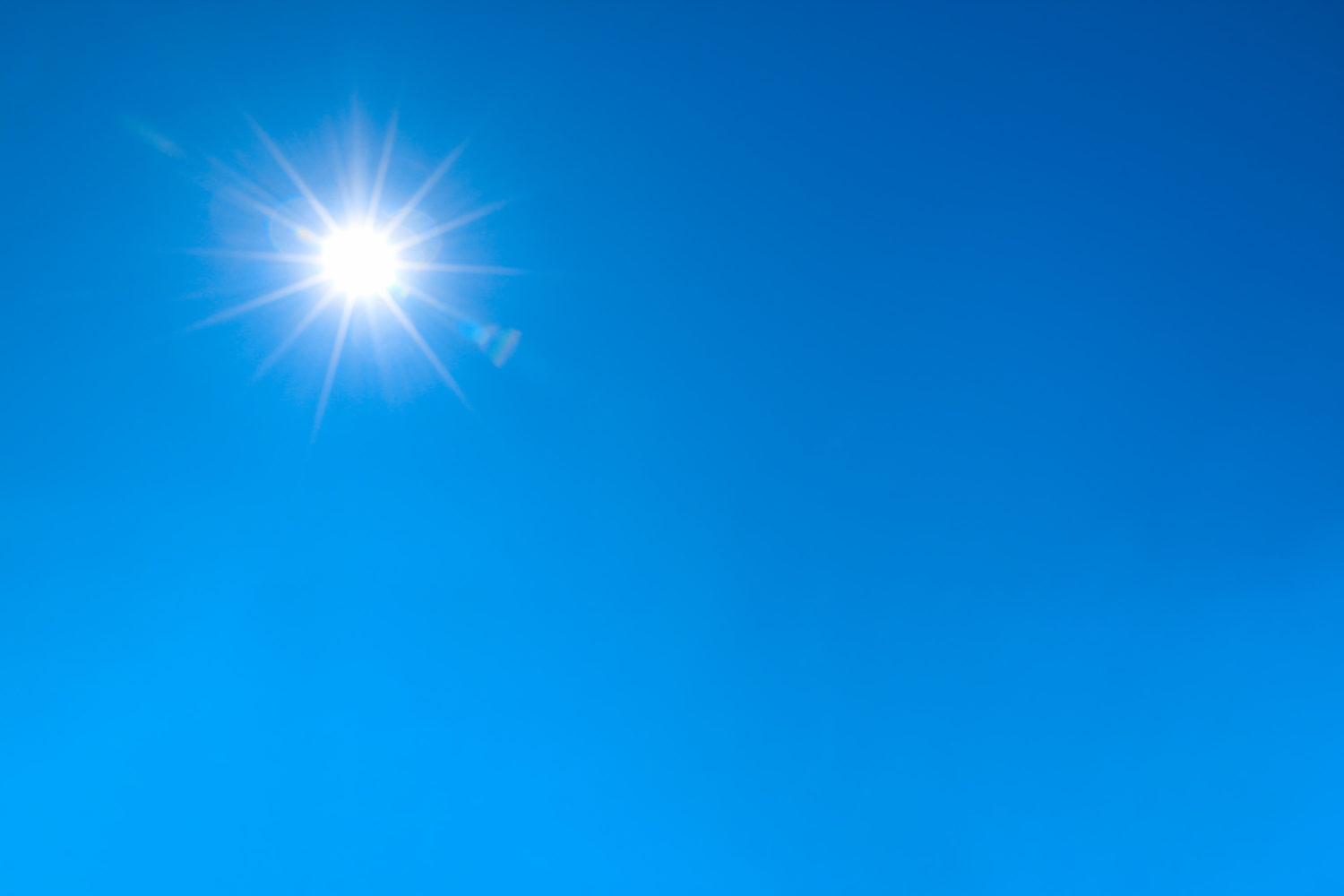Like many Washingtonians, I woke up to the news Monday that I could see Northern Lights coming to the region this week. Dozens of news organizations reported over the past few days that aurora borealis would be visible over 17 US states, including Maryland—an exciting prospect for many of us who imagined we’d only see the dancing night lights if we traveled a long way north.
Unfortunately, it appears the heavenly light show won’t grace Maryland at all. Researchers say they have corrected the forecast commonly cited by news organizations, reeling back the original prediction. Now, scientists at the National Oceanic Atmospheric Administration say the glow will probably only be visible from states along the Canadian border.
The incorrect reports appear to have originated from a prediction by the University of Alaska-Fairbanks’s Geophysical Institute, which claimed “auroral activity will be high” on Thursday. The university stated the the planetary K index, or Kp, would be at a 6 on a scale of 0-9, meaning the aurora would visible in cities from Boise, Idaho, to Annapolis. The news spread quickly—who wouldn’t be enthralled by the possibility of Northern Lights being visible from their backyard?
But temper your expectations, says Don Hampton, a professor at the University of Alaska-Fairbanks. He says the widely reported Kp of 6 appears to rely on an outdated forecast. Hampton explains the university doesn’t predict the aurora but bases its forecast on NOAA’s Space Weather Prediction Center data, which can predict the visibility of Northern Lights in advance.
Northern Lights form when solar winds—particles released from the sun—interact with Earth’s magnetic field. Those solar winds are ejected from the sun’s outermost atmosphere, also known as the corona. Sometimes “coronal holes” or “coronal mass ejections” occur, which results in faster solar winds, and more active auroras.
Bill Murtagh, a program coordinator at NOAA, says prediction of a Kp at 6 was based on a very large coronal hole that was shooting out lots of solar wind when it faced Earth about a month ago. However, in the 27 days since, scientists found that the hole had shrunk, like holes in your earlobes can if you take earrings out at night.
Murtagh says this mishap may be the largest miscalculation and communication he’s ever seen. “I hated to see the hype on the original forecast from Alaska anyway because you might see a faint glow on the horizon looking north, but it’s just not a big storm.”
NOAA has raced to correct the record before too many people get the wrong idea, Murtagh says. “People love the aurora, it’s on everyone’s bucket list, and everyone wants to know when the aurora occurs, so if there’s any chance, it’ll get the attention,” Murtagh says. He says the NOAA plans to reach out to the University of Alaska to figure out what caused the kerfuffle (as of Tuesday morning, the university had updated its site to reflect NOAA’s more modest prediction). And going forward, he recommends if people want to watch the aurora from their homes, they should check NOAA’s dashboard, which has the most up-to-date information on the strength of upcoming Northern Lights.
There’s still good news, though you’ll have to be patient: At some point over the next few years, Murtagh says, the Northern Lights will likely become visible across the lower latitudes in the United States. The sun is in the midst of a solar cycle that is expected to peak in 2025. During the cycle, auroras will become larger and more common. In April, there was a visible aurora as far south as Virginia, where the pretty pink, violet, and green hues ignited the sky.



















